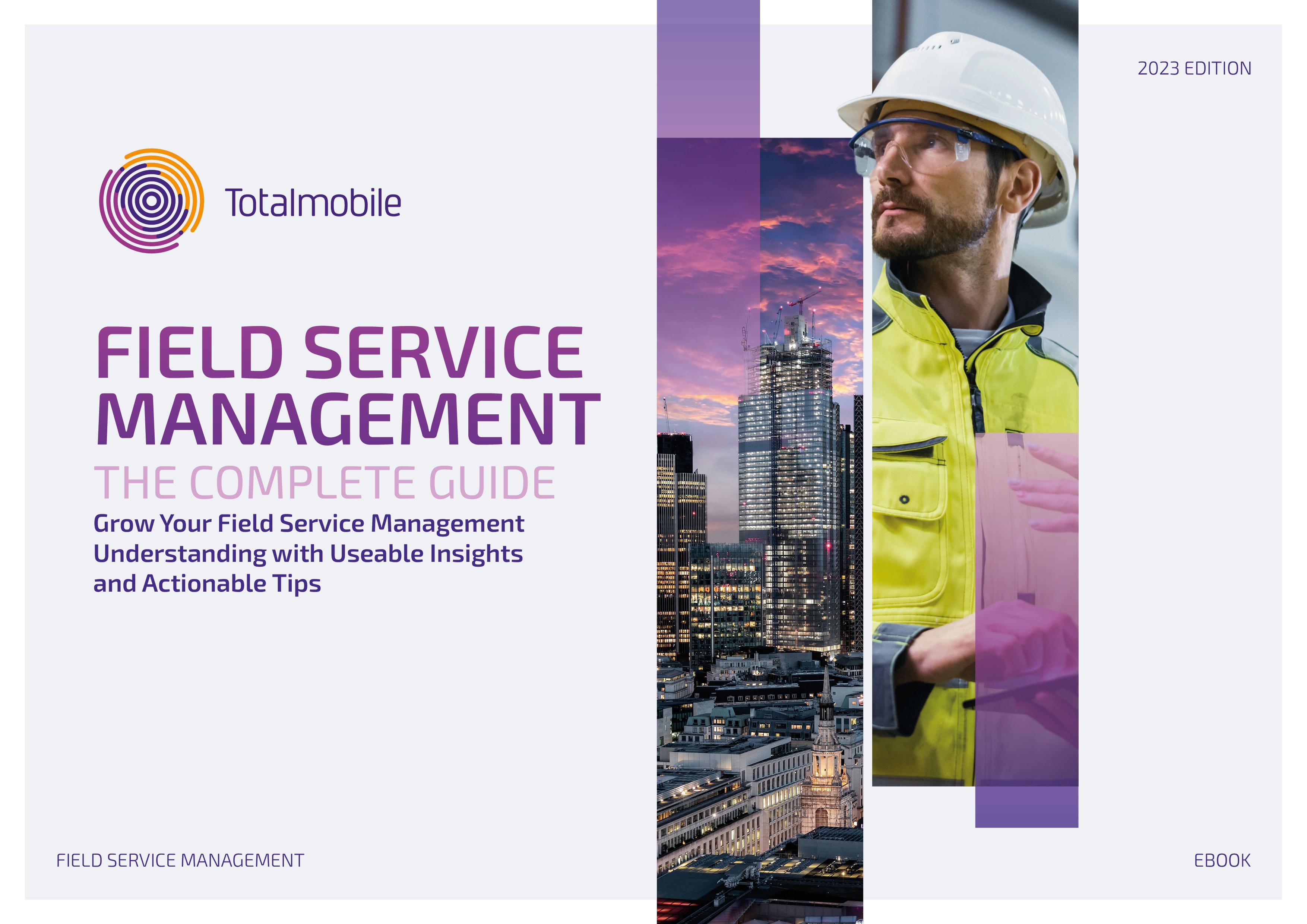Demand Planning
Demand planning is a critical process to balance customer demand with supply. When everything flows smoothly, you will see significant profitability and customer satisfaction improvements. Good demand planning will also make your operations less expensive and more efficient. That’s a real win.
Thanks to technology, implementing an ongoing demand planning strategy is not only achievable but is easier than you might think.
What is demand planning?
Demand planning is an essential supply chain management process that accurately predicts future product or service demand. Using these forecasts, organisations can align their operations to meet customer demand. Operational adjustments can be made to the availability of products, services or teams involved in delivering service.
How does demand planning work?
Demand planning aims to sustain a balanced state of supply. This is a situation where store stock levels or availability of resources (staff, engineers, equipment) perfectly align with demand. This balance helps you avoid excess or shortage. Achieving balanced demand planning treads the line between adequacy and overstock, which can be pretty challenging.
For successful demand planning, applying advanced statistical forecasting methodologies is vital. An accurate forecast enables precise prediction of demand patterns. This provides additional advantages, such as improved business efficiency and elevated customer satisfaction.
Therefore, demand planning extends beyond inventory management. It is about positively impacting a company’s overall operational performance – which is pretty cool if you ask me.

Why Does Demand Planning Matter?
Demand planning ensures that businesses have the right amount of inventory, resources and people in the right place at the right time, ready to deliver as and when required. It supports smart inventory management, helping businesses manage demand and avoid the pitfalls of overstocking. This includes inflated carrying costs and the financial stress of quick sell-offs due to excess stock.
In the modern world, customers choose their service providers based on quality and speed. Their impression of you is formed quickly and can last forever. Meeting supply demand becomes a vital determinant of this business’s reputation. Demand planning ensures readiness for the next service or customer interaction, whether a product purchase or a service call.
Related article: What is dynamic scheduling?
In short, demand planning’s importance has never been more apparent. Given the multitude of external influences—weather events like the wildfires and flooding we are seeing this summer (Bloomberg), economic fluctuations, and global emergencies—demand can be rapidly reshaped. Effective demand planning is an invaluable asset for field service providers who need to respond to varying service demands quickly.
Demand Planning or Demand Forecasting?
Demand planning and forecasting may sound similar, but they are different. Demand forecasting is an essential subset of the broader demand planning process. It leverages internal, external, real-time and historical data to anticipate service level requirements. Depending on the product or industry, the forecast horizon typically spans 18 to 24 months (Harvard Business Review).
These forecasts must be dynamic, with regular updates that reflect fresh data and changes in the market. The output of demand forecasting forms the crucial building block for the demand planning process. It lays the blueprint for meeting anticipated demand.
Where Does Demand Planning Sit Within a Business Structure?
Demand planning requires collaboration from a wide range of departments, both directly and indirectly, involved with service delivery. This includes input from sales and marketing, purchasing, supply chain, operations, production, inventory, and finance. Additionally, decision-makers responsible for portfolio management and overall business strategy play a vital role. They are accountable for generating realistic lead times and production durations and communicating that across the chain.
Given that demand planning crosses many business functions, the team in charge may be located differently across organisations. It could operate as a standalone group or be integrated within one of the departments above. Often this is in procurement or operations. Some argue that for demand planning—particularly its demand forecasting component—to thrive, it should be closely aligned with sales and marketing efforts.
The Demand Planning Process
Demand planning is an ongoing cycle rather than a one-off task. The goal is a solid, dynamic demand plan that consistently satisfies service demands even at a moment’s notice. It can become increasingly complex as a business or operation grows, but the key steps are:
- Information Gathering: The first step in effective demand planning is collecting relevant data. This could involve sales history, industry trends, market research, or other data that can help predict future demand.
- Accuracy Check: Next, you must verify how well your forecasts match reality. This step involves measuring the accuracy of your predictions against actual results, allowing you to adjust your forecasting methods as needed.
- Creating Initial Predictions: Once you’ve gathered and validated your data, it’s time to make a ‘baseline forecast’. This forms the backbone of your demand planning, initially predicting future sales. Sometimes, you might also need to estimate a potential uplift to cater for anticipated increases in demand.
- Insight Generation: Here’s where your supply chain analysts and planners get to shine. They’ll delve into the forecasts, mining them for valuable insights to further refine the demand planning process.
- Forecast Refinement: Now, it’s time to double-check your work. This step involves carefully reviewing and editing the forecasts. It’s all about ensuring accuracy and readiness for the next step.
- Approval and Submission: Once everyone’s happy with the forecast, it gets the green light. This approved demand plan is the blueprint for various operations, from procurement to production to sales.
- Measuring the results: Once a cycle concludes, it’s time to prepare for the next. Archive your data, learn from this cycle, and get ready to start again. Demand planning, after all, is a perpetual process that evolves with your business.
The Ideal Demand Planner
Exceptional demand planners are truly a rare find. The role of demand planning demands a mix of keen analytical skills, a profound understanding of the industry landscape, and excellent soft skills. Not only should demand planners be adept at creating, interpreting, and influencing the outcomes of statistical models, but they also need to coordinate, organise, and question the input provided by sales and marketing teams.
The following core competencies are vital for demand planners to excel in their roles:
Coordination
The ability to coordinate inputs from various stakeholders smoothly.
Insight Generation
The knack for extracting valuable insights from diverse data sources.
Questions Assumptions
The courage and clarity to challenge senior commercial stakeholders on their assumptions.

Demand Planning Best Practices
Demand planning is no easy feat, but following best practices can turn this complex process into a powerful instrument. Here are some key strategies to guide your demand planning efforts:
- Collaborate:Rally all stakeholders around a shared vision. Achieve this by employing statistical modelling and collaborative forecasts incorporating data from various departments. The goal is to create a sense of collective ownership and accountability.
- Maintain Accurate Inventory Data:Successful demand planning goes hand in hand with precise inventory management. Without a clear picture of your stock levels, planning for future demand becomes a shot in the dark.
- Embrace ‘Demand Sensing’:Enrich your forecasts with insights from the supply chain, changes in the market, consumer purchasing behaviour, and even external events like weather patterns or natural disasters. This holistic approach, often termed ‘demand sensing’, can help you predict shifts in demand with greater accuracy.
- Shape Demand Actively:Don’t just react to demand; help shape it. Use marketing, promotions, and pricing tools strategically to influence customer buying behaviour.
- Choose Your Tools Wisely:Be thorough when selecting your demand planning software. Ideally, it should automate tasks like statistical analysis for forecasting, business intelligence, tracking KPIs, and calculating optimal stock levels. This will free up your team to interpret results, collaborate, and make necessary adjustments.
Demand planning software can also complement operational intelligence and dynamic scheduling solutions. It should be user-friendly, intuitive, and easily integrated with your inventory management and enterprise resource planning (ERP) systems.
Looking to the future
How we plan demand is continually evolving, with technological advancements playing a significant role. Sophisticated software, IoT devices, and AI are transforming how businesses plan for and respond to demand.
Advanced software can now connect to point-of-sale data and even pull information from suppliers and distributors, providing real-time data for planning and analysis. IoT technology enables businesses to receive live updates on raw materials and inventory status and to monitor sales as they occur. This visibility helps companies to adjust supply or inventory levels swiftly and reduces the challenges associated with over- or under-stocking.
Furthermore, applying AI and machine learning opens up new avenues. These operational intelligence technologies can process vast data, spot patterns and trends that might escape human attention. They will also provide actionable insights for demand planners.
In this way, the future of demand planning looks set to be more precise, responsive, and insightful than ever before. It will help businesses meet customer needs effectively while optimising their operations.
If you want to learn more about the future of field service, download our future trends infographic here.








